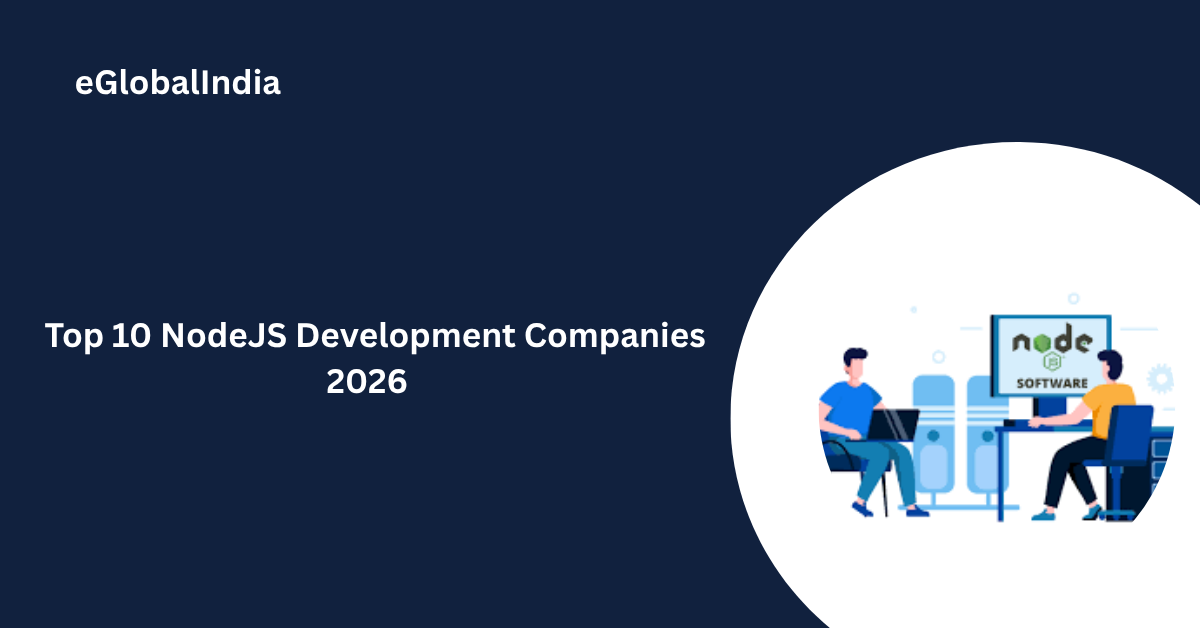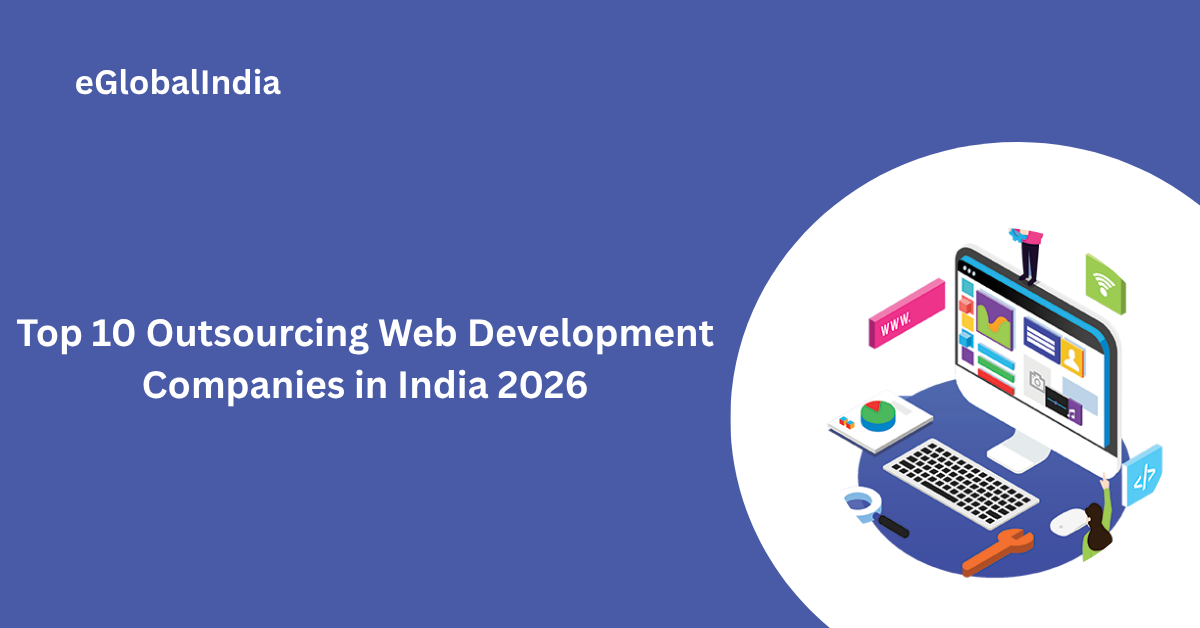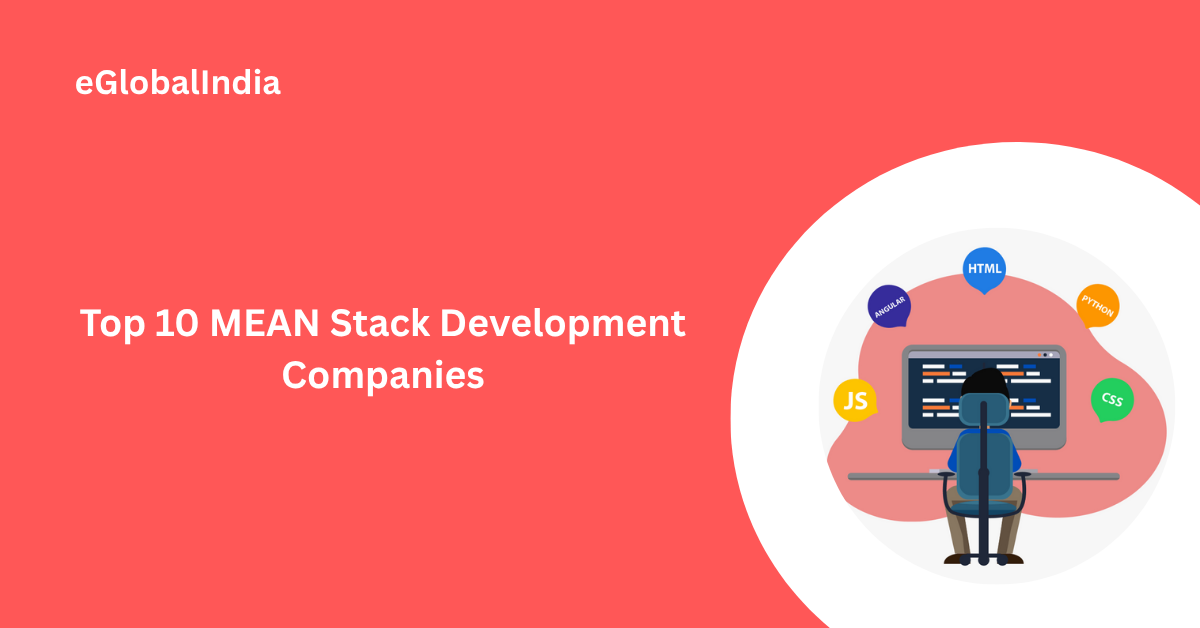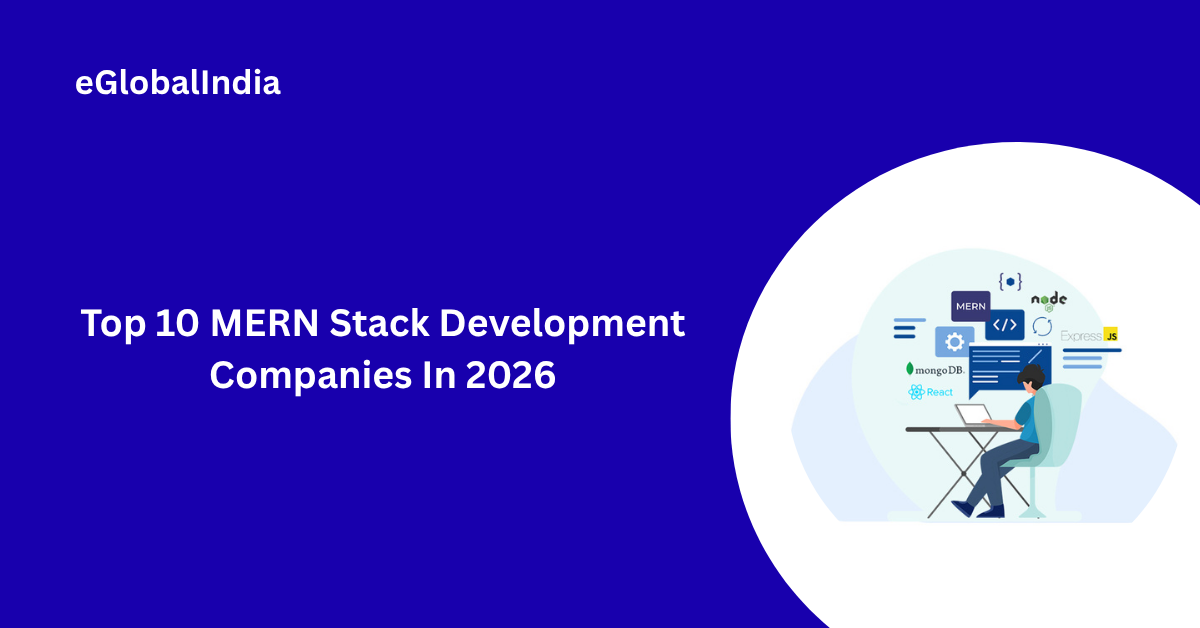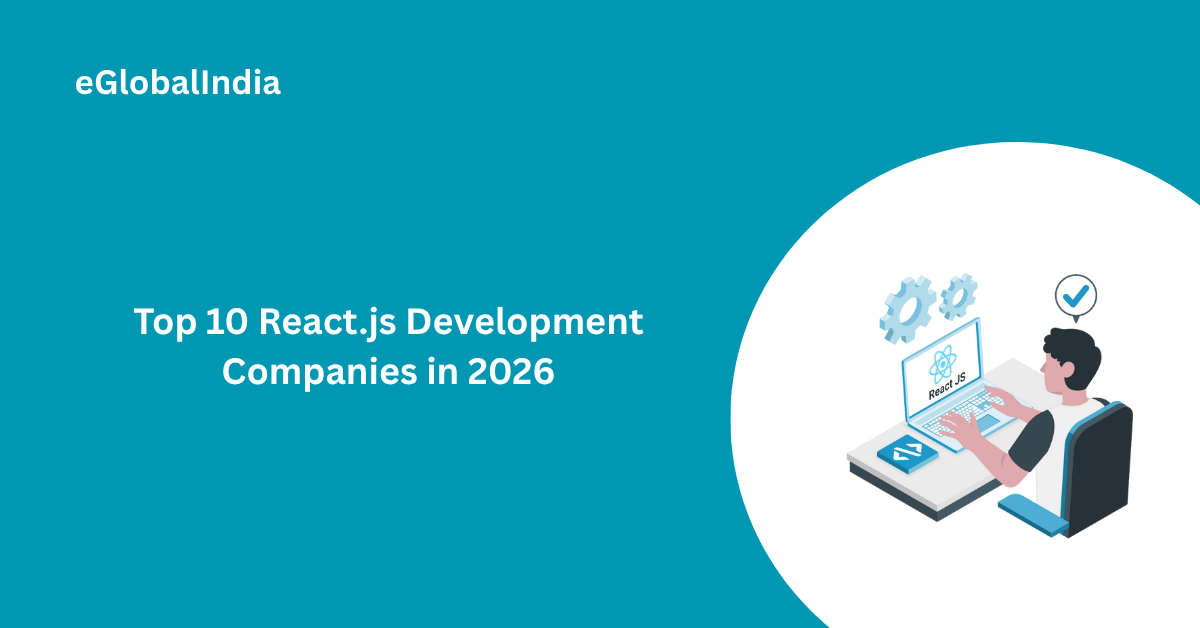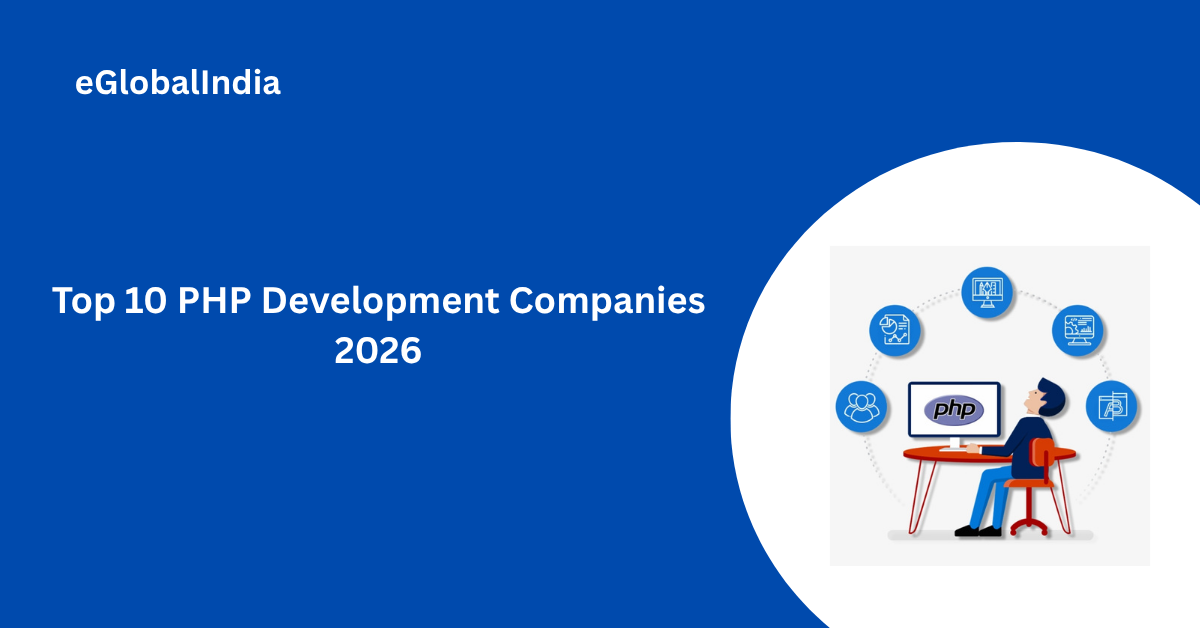Choosing the right NodeJS development partner can shape how smoothly your project grows and how efficiently it performs in the long run. NodeJS has become a preferred choice for many businesses because of its speed, adaptability, and strong community support. With more companies offering NodeJS expertise, finding a team that truly understands your goals becomes even more important. A dependable company can simplify complex tasks, support your product vision, and help you move forward with confidence. This list highlights some of the most trusted NodeJS development companies expected to lead the way in 2026, giving you a clearer starting point as you plan your next project.
1. Aalpha Information Systems
Aalpha Information Systems is a trusted NodeJS development company in India known for building dynamic, secure, and feature-rich web applications, APIs, real-time solutions, and single-page applications for businesses across the world. The company is supported by a team of dedicated and experienced NodeJS developers capable of handling complex project requirements with precision. Hiring NodeJS developers from Aalpha gives businesses access to strong technical skills, careful execution, and results that align closely with project goals. The team consistently focuses on delivering scalable and secure development solutions designed to support long-term growth and smooth performance.
Services :
- NodeJS Development
- Ecommerce Development
- WordPress Development
- Web Development
- MVP Development
- AI Development
- SaaS Development
- Mobile App Development
2. EglobalIndia
EglobalIndia is known as a top-rated premium web development company that supports businesses in building strong and engaging online platforms. The company focuses on creating websites that help boost brand presence and increase demand for products or services through a clear, customer-focused and data-supported approach.The web development team stays available to discuss project details, taking time to understand each business’s goals before starting the work. Developers study the requirements carefully to help businesses achieve high-quality digital products. Clients also receive a Detailed Project Analysis to ensure clarity before development begins. EglobalIndia is committed to delivering secure, reliable, and efficient web applications designed to support long-term growth.
Services :
- NodeJS Development
- Ecommerce Development
- Mobile App Development
- Software Development
- Application Development
3. GOTOMA Software House
GOTOMA Software House is known for its strength in custom website development and full-stack web projects. Feedback from clients reflects a consistently positive experience, with every reviewer noting the team’s quick response, clear communication, and timely delivery. Many clients also pointed out the company’s strong attention to detail and its ability to stay aligned with project goals and values. These qualities have helped establish GOTOMA Software House as a dependable choice for businesses seeking solid web development support.
Services :
- NodeJS Development
- Custom Software Development
- E-Commerce Development
- Mobile App Development
4. ActiveColor
ActiveColor is a full-stack web development company known for delivering a wide range of services, including website development, web design, and complete front-end and back-end solutions. Client feedback shows a consistent record of strong performance, with a 100% positive review rate. Many clients mention the team’s creativity, quick communication, and smooth project handling. Around 70% of reviewers also point out how effectively ActiveColor blends visual appeal with practical features, resulting in solutions that match each client’s specific goals.
Services :
- NodeJS Development
- UX/UI Design
- Custom Software Development
- Web Design
5. Growexx
Growexx is recognized as a dependable web development company with strong capabilities in full-stack development, web application creation, and custom website solutions. The company is frequently appreciated by clients, with around 80% highlighting its client-focused working style, solid technical skills, and fair pricing. Many reviews mention timely delivery, clear project coordination, and a steady commitment to enhancing user experience and improving SEO performance.
Services :
- NodeJS Development
- AI Consulting
- AI Development
- Custom Software Development
6. ISBX Corp
ISBX Corp is recognized as a reliable web development company with strong skills in custom website development and web application projects. Client feedback shows a consistent 100% positive response, often mentioning the team’s professionalism, quick communication, and ability to improve both design and functionality. Many clients highlight their honesty and dependable work approach, noting that there were no concerns or areas needing improvement.
Services :
- NodeJS Development
- E-Commerce Development
- Mobile App Development
- UX/UI Design
7. Revamp Consulting
Revamp Consulting stands out as a trusted name in web development, offering custom website development, full-stack solutions, and web application services. Clients often mention the company’s steady communication and organized project handling, noting how quickly the team responds and understands specific requirements. Nearly every reviewer praises the efficiency and overall value delivered, while a large portion highlights the company’s cooperative work style and consistent ability to produce reliable, high-quality results.
Services :
- NodeJS Development
- E-Commerce Development
- Custom Software Development
- Enterprise App Modernization
8. Unimedia Technology
Unimedia Technology stands out as a skilled web development company known for its work in web application development, full-stack solutions, and UI design. Clients consistently highlight the team’s quick response times, strong technical abilities, and smooth collaboration throughout each project. Every reviewer reports complete satisfaction with the company’s project management and overall results. Many also point to noticeable improvements in customer engagement and the company’s ability to deliver UI enhancements quickly and effectively.
Services :
- NodeJS Development
- Custom Software Development
- AI Development
- Mobile App Development
9. MeguMethod
MeguMethod is a web development company known for building custom websites and web applications tailored to each project’s needs. Clients consistently highlight their focus on mobile-first solutions, with all reviewers praising the clarity and reliability of their project management. Their ability to adjust to changing requirements and work smoothly with client teams is often mentioned as one of their strongest qualities.
Services :
- NodeJS Development
- Mobile App Development
- UX/UI Design
10. Kingsmen Digital Ventures
Kingsmen Digital Ventures stands out as a web development company known for building custom websites, applications, and user-focused web designs. The team is recognized for strong project management, consistent delivery, and a clear understanding of complex requirements. Every review shared so far reflects positive experiences, with clients highlighting the company’s ability to translate detailed needs into reliable results. This steady performance has made Kingsmen Digital Ventures a trusted option for businesses looking for tailored and dependable web solutions.
Services :
- NodeJS Development
- Custom Software Development
- Mobile App Development
- UX/UI Design
- E-Commerce Development
Final Words
Selecting a NodeJS development company is more than checking technical skills—it’s about choosing a team that understands your plans and works with consistency and clarity. The right partner can save time, reduce effort, and help your project grow without unnecessary obstacles. As you review your options, focus on experience, communication, and long-term support. With careful evaluation, you can find a company that aligns with your needs and strengthens your development journey in the years ahead.
Explore the right development path for your project and contact us for further guidance

